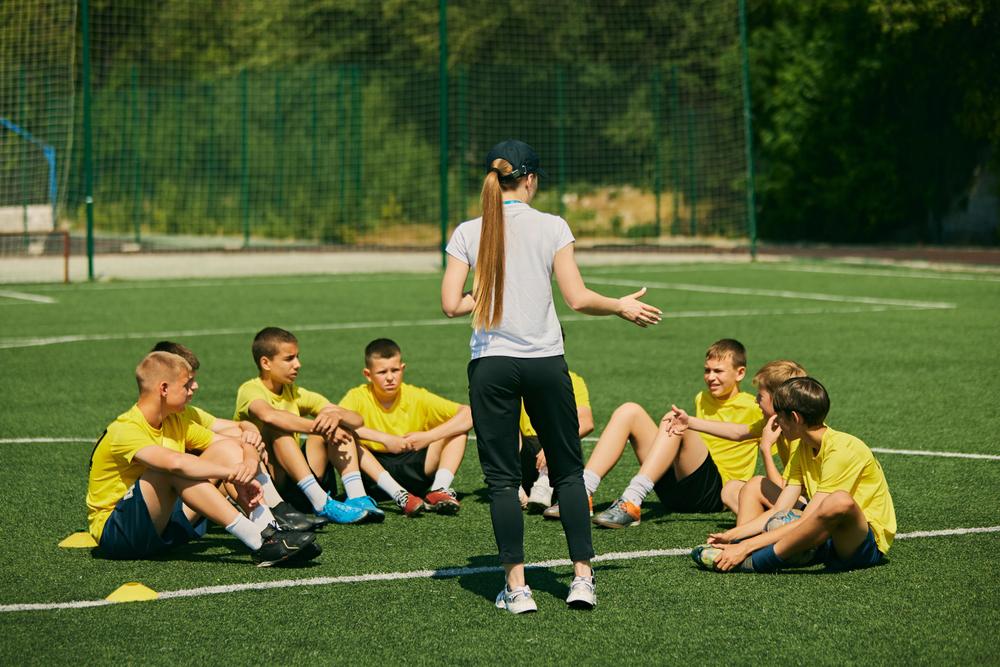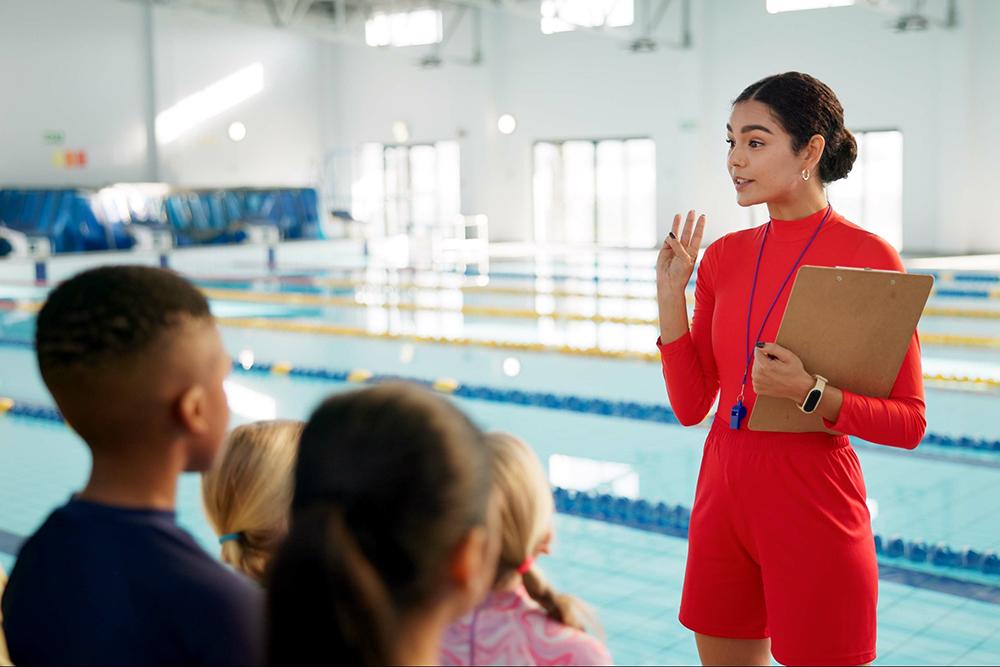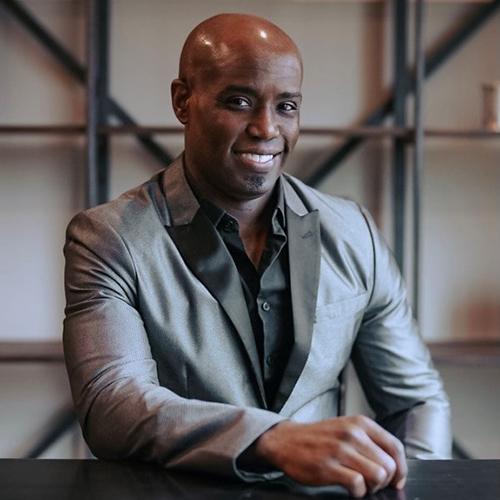 Creating strong boundaries is an important and often overlooked piece of the coaching dynamic. A lack of boundaries can not only impact a team’s success, but also lead a coach to experience burnout and negative mental health effects. Here, TrueSport Expert Kevin Chapman, PhD, clinical psychologist and founder of The Kentucky Center for Anxiety and Related Disorders, is helping coaches understand how to set—and stick to—boundaries with athletes, parents, administrators, and even with themselves.
Creating strong boundaries is an important and often overlooked piece of the coaching dynamic. A lack of boundaries can not only impact a team’s success, but also lead a coach to experience burnout and negative mental health effects. Here, TrueSport Expert Kevin Chapman, PhD, clinical psychologist and founder of The Kentucky Center for Anxiety and Related Disorders, is helping coaches understand how to set—and stick to—boundaries with athletes, parents, administrators, and even with themselves.
Why does a coach need to think about their boundaries?
As a coach, a lot is expected of you. But of course, you aren’t only a coach…you likely have many other responsibilities in your life. “Ultimately, coaches have lives, they have families, they have spouses, they have their own spiritual lives, and they often even have other full-time jobs outside of the sport,” says Chapman. “Like athletes need to be able to leave a bad practice or game on the field and move on, coaches need to be able to step away from the team as well. When coaches don’t set healthy boundaries, that can create emotional dysregulation as well as strife within the team. And in many ways, it can create a negative relationship that affects performance.”
How to set boundaries with your team
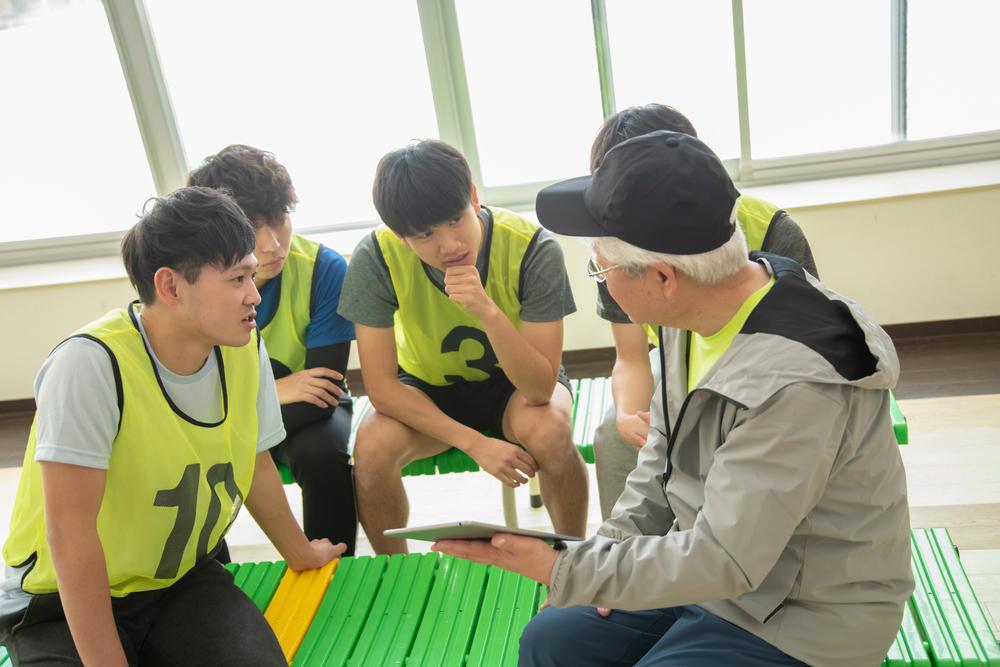 A healthy coach-athlete relationship is one that is well-defined and has specific boundaries. Many student athletes unfortunately put their coaches in an almost parent-like role in their lives, but that can be problematic for many reasons. “Oftentimes, we have unrealistic expectations for coaches, because in many ways, people expect coaches to parent their kids. But coaches aren’t responsible for that. Coaches are responsible for enhancing the development of the student athlete by teaching them discipline, camaraderie, teamwork, and communication, which are those skills that they won’t learn necessarily in other settings. And that’s why being an athlete is so incredibly rewarding: If you have the right coaches, you learn those things.”
A healthy coach-athlete relationship is one that is well-defined and has specific boundaries. Many student athletes unfortunately put their coaches in an almost parent-like role in their lives, but that can be problematic for many reasons. “Oftentimes, we have unrealistic expectations for coaches, because in many ways, people expect coaches to parent their kids. But coaches aren’t responsible for that. Coaches are responsible for enhancing the development of the student athlete by teaching them discipline, camaraderie, teamwork, and communication, which are those skills that they won’t learn necessarily in other settings. And that’s why being an athlete is so incredibly rewarding: If you have the right coaches, you learn those things.”
However, that doesn’t mean responding to emails from athletes at 3 a.m. or talking to teachers about getting athletes extensions on papers they haven’t done. Make sure athletes know what they can expect from you, and keep those expectations the same for the entire team. No one athlete should get special treatment or extra allowances from you.
How to set boundaries with parents
This can be really hard to navigate, Chapman admits. Some parents want to be involved with a team for good reasons and with the best intentions, but it’s better to set a blanket boundary for parents rather than allowing some to participate and not others. “Draw a line in the sand about the boundaries that you will maintain throughout the season with parents as it relates to interacting with you as the coach on an individual level, as well as their interactions with players, parents, and officials,” says Chapman. Start each season by informing parents of your boundaries for them: Can they be at practice? What do you expect them to do on competition days? Should they email you about their athlete?
How to set boundaries with administration
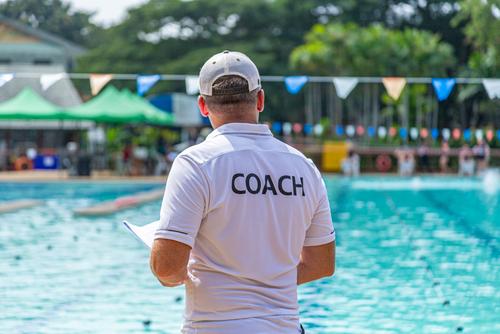 “Coaches have a really delicate interplay with school administration, since the administration is responsible for their livelihood, but the coach might also be the mediator between the administration and a student, or administration and a parent,” says Chapman. To create boundaries and consistency, consider having all the coaches at your school or within your club get together to create a set of ideal boundaries between yourselves and the administration and present them as a united front.
“Coaches have a really delicate interplay with school administration, since the administration is responsible for their livelihood, but the coach might also be the mediator between the administration and a student, or administration and a parent,” says Chapman. To create boundaries and consistency, consider having all the coaches at your school or within your club get together to create a set of ideal boundaries between yourselves and the administration and present them as a united front.
For school coaches, this could include establishing your ability to bench or suspend any athlete for misconduct. This might help if, for example, you have to bench your star player for skipping too many practices, but he gets reinstated by the school administrator who wants the team to win the statewide championship. “Things like that undermine a coach’s authority and can lead to burnout or worse,” says Chapman.
How to set boundaries with your own goals
It might sound strange to set boundaries around yourself, but when it comes to goal-setting, you do need to set some healthy expectations around performance and outcomes. If you don’t create a boundary between how the team performs and your personal goals for coaching, you’ll often end up frustrated and/or putting too much pressure on yourself or the team.
“As a coach, your goals shouldn’t be focused on the team’s outcomes in competition,” Chapman says. “Instead, coaches need to set goals that show that their coaching is working and improving. This might include practical process goals like boosting percentages of shots made in a game, but it can also include things like communicating your emotions effectively as a coach and helping your players do the same. A process goal for that could be deciding that at least once in every single team meeting, you ask athletes, ‘What is an emotion you experienced today at practice? How did you respond?’” Make sure that your goals enhance team culture and help your athletes develop as both athletes and humans. It’s also beneficial to communicate these goals to others, especially administration, to ensure that your values are aligned.
Owning your mistakes
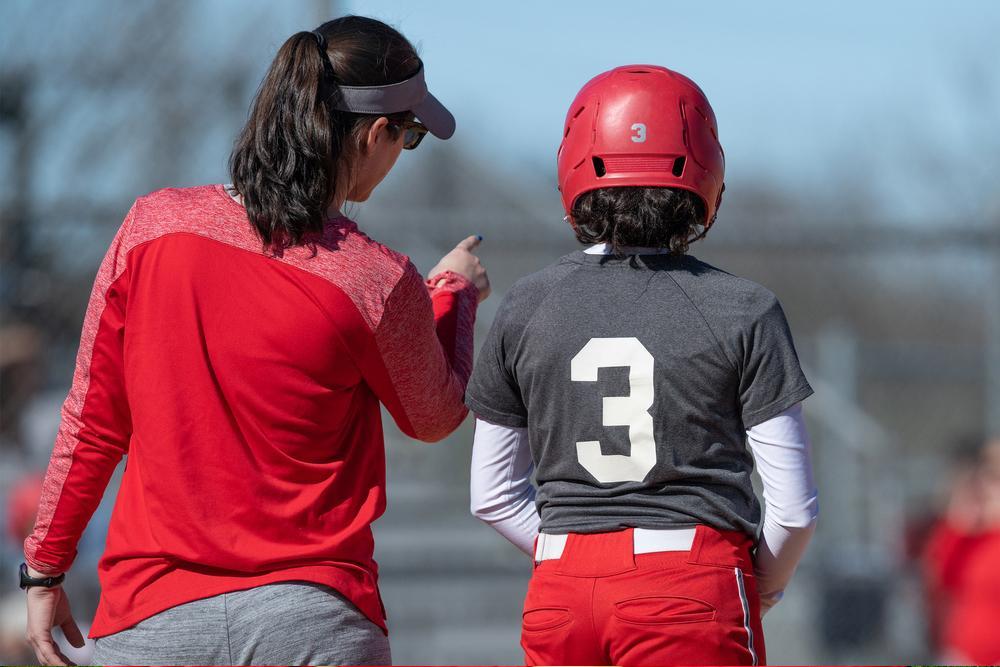 As a coach, ensuring that your athletes don’t view you as an infallible, always-perfect person is important for both their wellbeing and your own. It’s tempting to set up a boundary that blocks athletes from seeing any part of you that’s imperfect, but that kind of boundary isn’t healthy for anyone. “Know when you need to show your athletes that you’ve messed up, since that lets them see it’s okay to make mistakes and that it’s important to own those mistakes,” Chapman says. “It’s also important to know when to apologize, and when to let athletes know you’re struggling.”
As a coach, ensuring that your athletes don’t view you as an infallible, always-perfect person is important for both their wellbeing and your own. It’s tempting to set up a boundary that blocks athletes from seeing any part of you that’s imperfect, but that kind of boundary isn’t healthy for anyone. “Know when you need to show your athletes that you’ve messed up, since that lets them see it’s okay to make mistakes and that it’s important to own those mistakes,” Chapman says. “It’s also important to know when to apologize, and when to let athletes know you’re struggling.”
Of course, this is context dependent: You likely don’t need to apologize to your kindergarten soccer team for a call you made that caused them to lose the game. But you could explain a mistake you made in designing a play to your high school football team.
The importance of sticking to your boundaries
Boundaries only work when they’re clearly defined and respected—most importantly, when they’re respected by you. It’s tempting to allow for exceptions, such as a late night call with your star athlete who’s going through a tough time, but that doesn’t do you or your team any favors in the long run.
____________________
Takeaway
As a coach, it may feel like you struggle to find the right boundaries, and to maintain them. But by setting clear boundaries and expectations early, you’re not only helping yourself and your mental health, you’re helping your team members, parents, and school administration.
